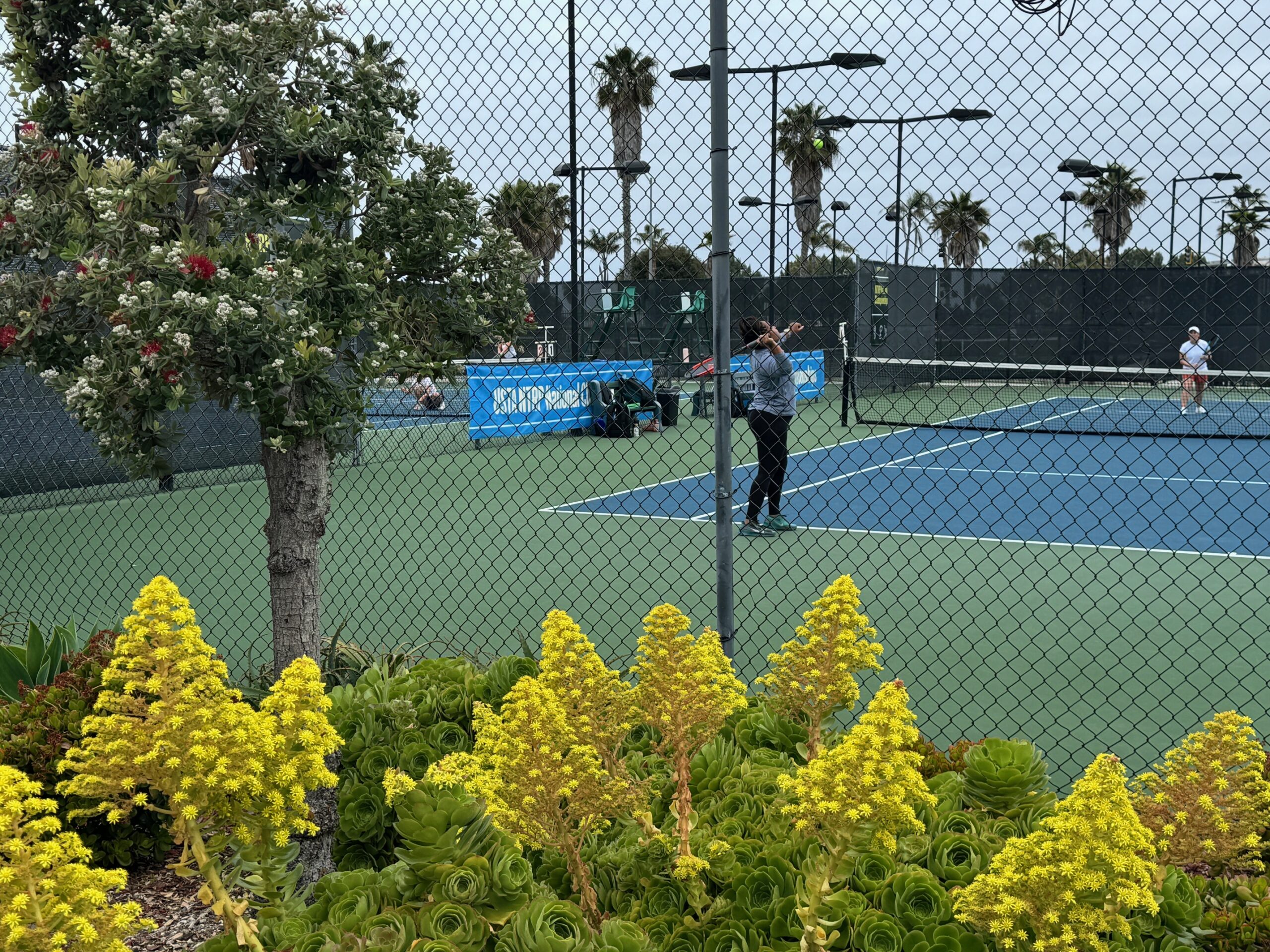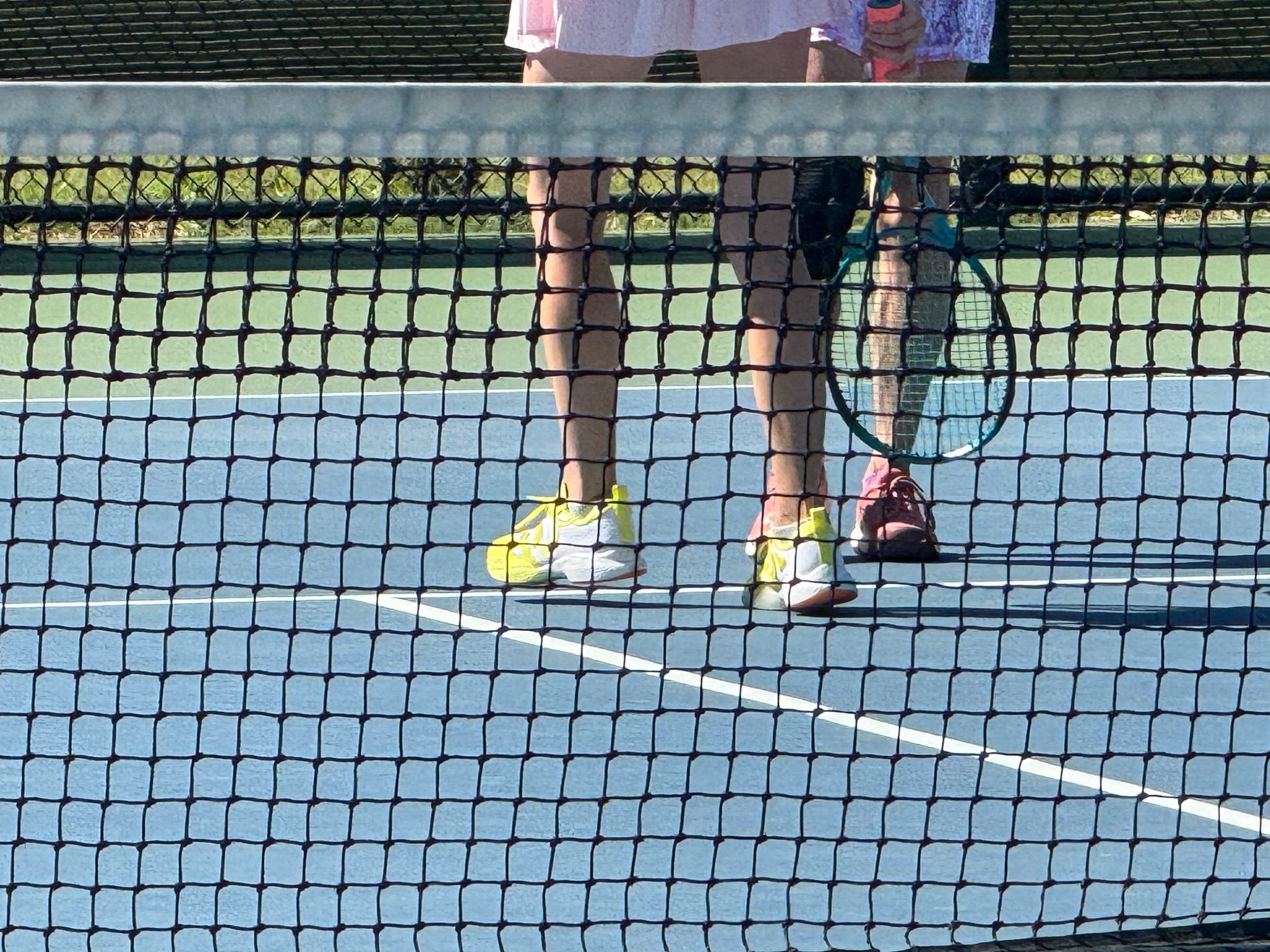Late last December, I wrote a three-part series highlighting the “12 Habits of Highly Successful Tennis players.” Throughout 2023, I am exploring one of those habits over the first weekend of every month. The deep dive for February is Nutrition. The very best players in Adult and Senior tennis understand that food is fuel. They use it as a tool for optimizing tennis performance. What you put into your body has a significant impact on how you play.
I need to emphasize that I am not a nutritionist. This post is not qualified medical advice on what anyone should and should not eat in conjunction with tennis training and competition. Rather, this series shares what I have observed about the nutritional habits of the top Senior and Adult players. Without exception, they have a sharp sense of what they need to eat in association with tennis tournaments and team competitions at the national and international levels.
When I returned to competitive tennis as an adult after my short 28-year hiatus from the sport, I assumed that what I ate as a Junior would still work for me. Unfortunately, Big Macs and fries had an undeniably sluggish impact on my on-court movement and energy levels. It simply wasn’t a recipe for good tennis, much less peak performance.
Fortunately, I had the opportunity to compete with the Texas Women’s 45+ Intersectional Team shortly after my return to competitive tennis. That experience enabled me to closely observe how the top players from my Section managed their nutrition across several consecutive days. It shaped my understanding of how I needed to approach my own food choices going forward.
We didn’t visit any fast food restaurants. Instead, our collective dietary consumption roughly corresponded to the Mediterranean diet. Whole grains, fruits, vegetables, and low-fat meats dominated what we ate during the competition. I would add that the top players generally don’t shy away from carbs. More bread and pasta are consumed than recommended for the general public.
One unique aspect of tournament tennis is that players frequently don’t know exactly when they will be playing. Consequently, anticipating likely scenarios and proactively managing dietary consumption is an important competitive skill. Players typically don’t eat big meals for breakfast and lunch with a match looming on the immediate horizon. Instead, there is a tendency to graze all day during competition.
Additionally, it is a best practice to carry an assortment of snacks on the court to mitigate inevitable ebbs and flows of energy levels across a long match. My tennis bag is permanently stocked with containers of non-perishable food that I know from experience work well for me. I typically carry perishable items like bananas and fresh fruit on the court in a small portable cooler.
My final observation for today is that there is significant variation in exact consumption from player to player. The very best players have a clear sense of what foods work best for them individually. They also know what foods to avoid, which actually might be even more important.
There was a complementary bowl of sample products courtesy of a new energy bar brand at the tournament desk during the National Women’s Grass Court Championships at Mission Hills last December. How individual players reacted to the opportunity to try something new was revealing. The players that picked up a bar from that bowl immediately turned it over to examine the ingredient list. A handful of people returned it citing an ingredient that they know from experience that they personally should avoid or apologetically observing that isn’t something that they should eat.
If you are maintaining a player development journal, that is a very natural place to evaluate nutrition or food consumption. Logging what you eat is a handy cross-reference for the identification of nutritional drivers of sluggish training sessions or competitive matches.
If you want to play tennis at your peak potential, it won’t happen consistently without paying careful attention to what you eat. Today I focused very specifically on nutrition during competition. However, playing tennis at the very highest levels is a lifestyle. We will expand the aperture to take a look at that topic tomorrow.
If you want to catch up on the entire 12 Habits series, here is a quick summary:
The Original Posts
- 12 Habits of Highly Successful Tennis Players (Part 1), December 23, 2022.
- Off-court training.
- Nutrition/Food as Fuel
- Seek Outside Perspectives
- Long Planning Horizons
- 12 Habits of Highly Successful Tennis Players Part 2, December 24, 2022.
- Training Sessions have a Purpose
- Self Awareness
- Preparation
- Mental Fitness
- 12 Habits of Highly Successful Tennis Players Part 3, December 25, 2022.
- They Can See Past the Net
- Routines and Systems
- Love the Game
- Support the Tennis Ecosystem
Off-Court Training Deep Dive (January)
- Hit the Gym: Off Court Training for Strength, January 6, 2023.
- Hit the Mat: Off-Court Training for Flexibility, January 7, 2023.
- (Don’t) Hit the Deck: Balance and Agility Training for Tennis, January 8, 2023.



